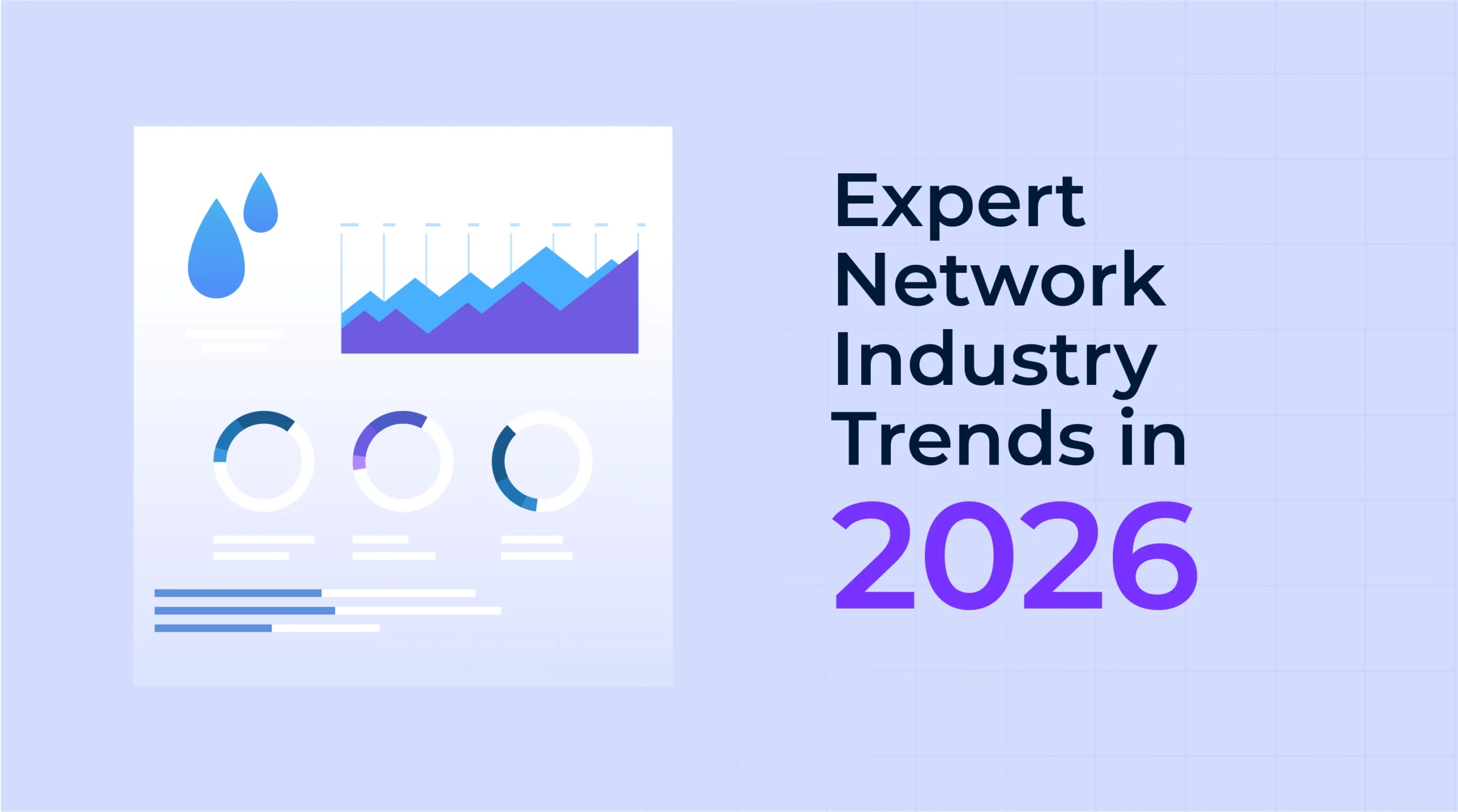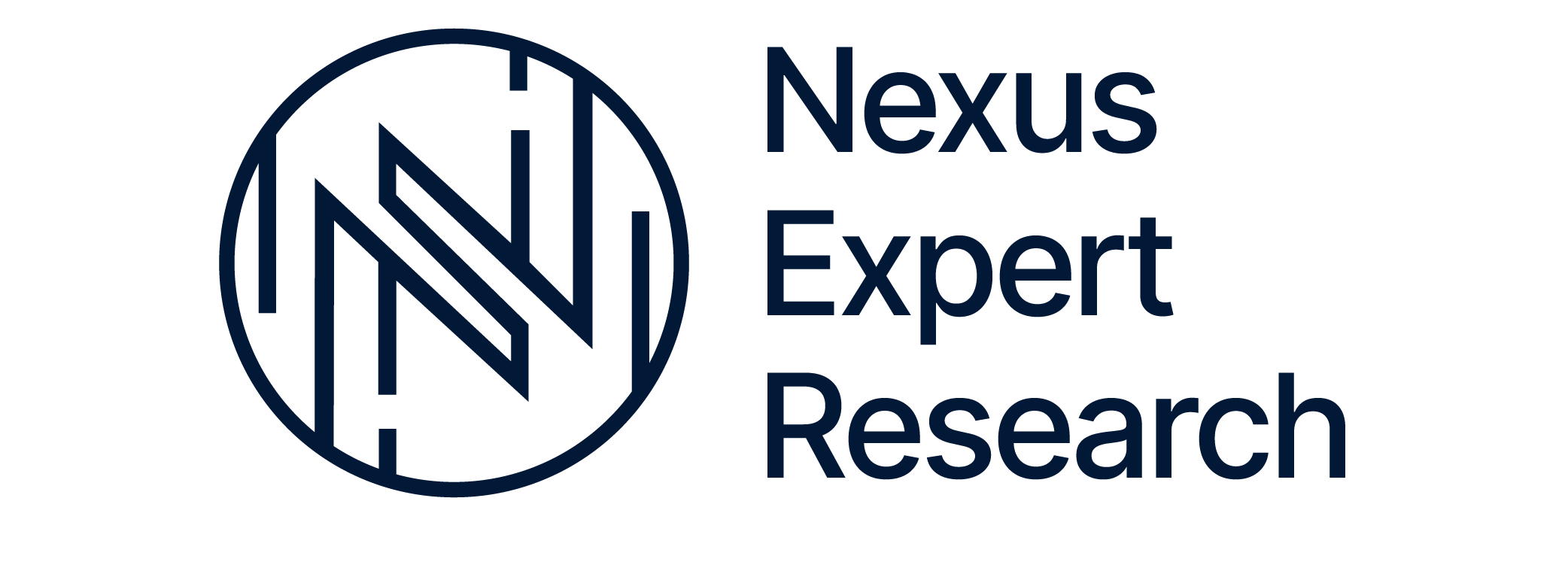
The market for expert networks is evolving quickly. There are evident shifts in the industry and market data. Globally, it was pegged at an estimated USD 3.8 billion in 2024 and is predicted to hold its own throughout the decade. These are figures that concern buyers as much as industry experts.
Faster signals for active investors
Networks now sell more than calls. They sell products built from calls. Transcript libraries, searchable archives, and survey bundles are common. The reference notes that these add-on services form a growing share of revenues. These products create up to date information from industry leading experts in a repeatable form.
Machine learning directs queries at probable matches. Natural language tools construct short abstracts from calls. It’s that short version clients use in decks and memos. The outcome: quicker insight at scale. Purchasers receive answers they can cite. Specialists receive repeat requests for concise, narrow input.
Demand shift and growing popularity of professionals in deep-niche industries
The customer base has broadened. Private equity still purchases many calls. However, corporate strategy teams, product groups, and technology buyers now show consistent interest. Growth in healthcare, artificial intelligence, renewables, and industrial technologies is noted in the reference. These are narrow, practical, skill-specific areas. Networks now hire individuals with very detailed experience — for example, a product leader who shipped a specific integration or an operations head who managed the same plant model. That is what clients request.
Networks invest in sourcing for micro-verticals. They also keep pools of repeatable profiles for common diligence themes. The net effect is faster matches and higher-quality evidence for buyers.
Compliance, data protection, and geopolitics characterize access
Regulatory risk is a major product concern. Buyers face tougher requirements for audit trails, conflict checks, and controls for material non-public information (MNPI). Networks store call recordings, retain consent steps, and maintain conflict registers. These controls enable buyers to operate across borders with reduced legal risk. They also let compliance teams sign off sooner.
Geopolitical boundaries and national data-protection laws alter whom you can reach and how. Workflows infused with compliance gain traction in 2026. That traction becomes a competitive advantage.
Commercial models and what scales
Three business models coexist: per-call pricing, subscriptions, and hybrids that bundle calls with surveys or libraries. The reference shows providers experimenting with all three. Hybrid schemes are rising because they boost client retention. Transcript and survey products contribute recurring revenue. This blend alters network incentives. Networks now earn for depth and reusability rather than just for single calls. That affects how much a network invests in sourcing and qualification per expert. Networks that balance per-call sales with steady subscription revenue can invest more in sourcing and vetting.
What it implies for purchasers and practitioners
Buyers get faster, more verifiable inputs. They can pull short summaries and quoted lines into memos. They can test assumptions with rapid surveys and targeted calls. That reduces time in diligence and tightens valuation ranges.
Experts face greater repeat demand for concise, task-oriented input. Networks request narrow availability windows, clear deliverables, and often anonymized briefings. For experts, this means repeatable, projectized work rather than one-off interviews.
Brief practical conclusions
- Expect tools and products that turn calls into reusable data. Seek those if you need up to date information from industry leading experts.
- Require networks to show proof of vetting and audit trails before you brief them. Compliance is an integral component of the product now.
- If you buy insight on highly technical topics, demand specialists. The market rewards narrow expertise.
- For experts, sharpen a clear 15-minute pitch that maps your hands-on outcomes. Networks reuse those profiles fast.
The shifts above are visible in the reference material. They form the core expert network industry trends to watch in 2026. Buyers who adapt get faster answers. Experts who adapt get steadier work.










